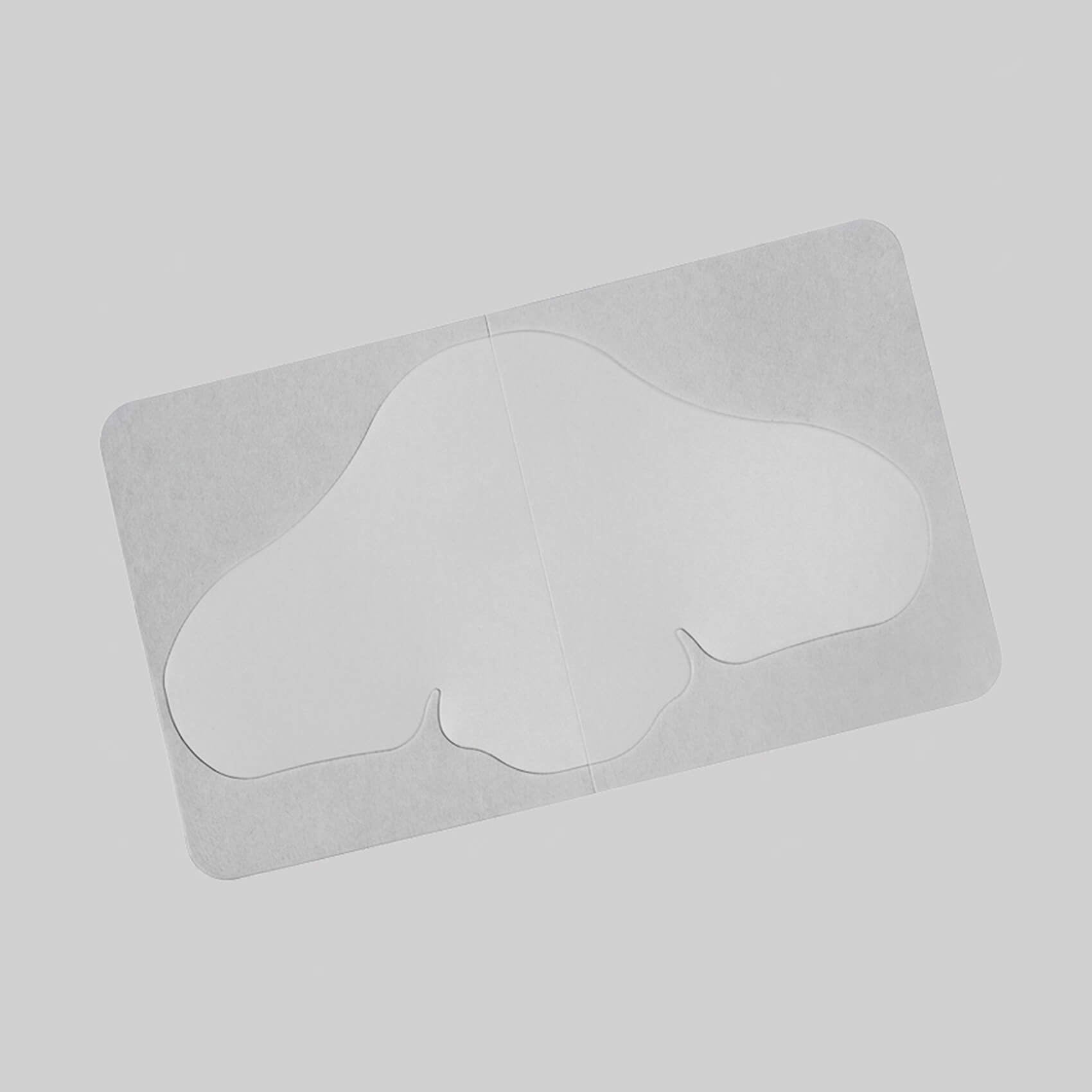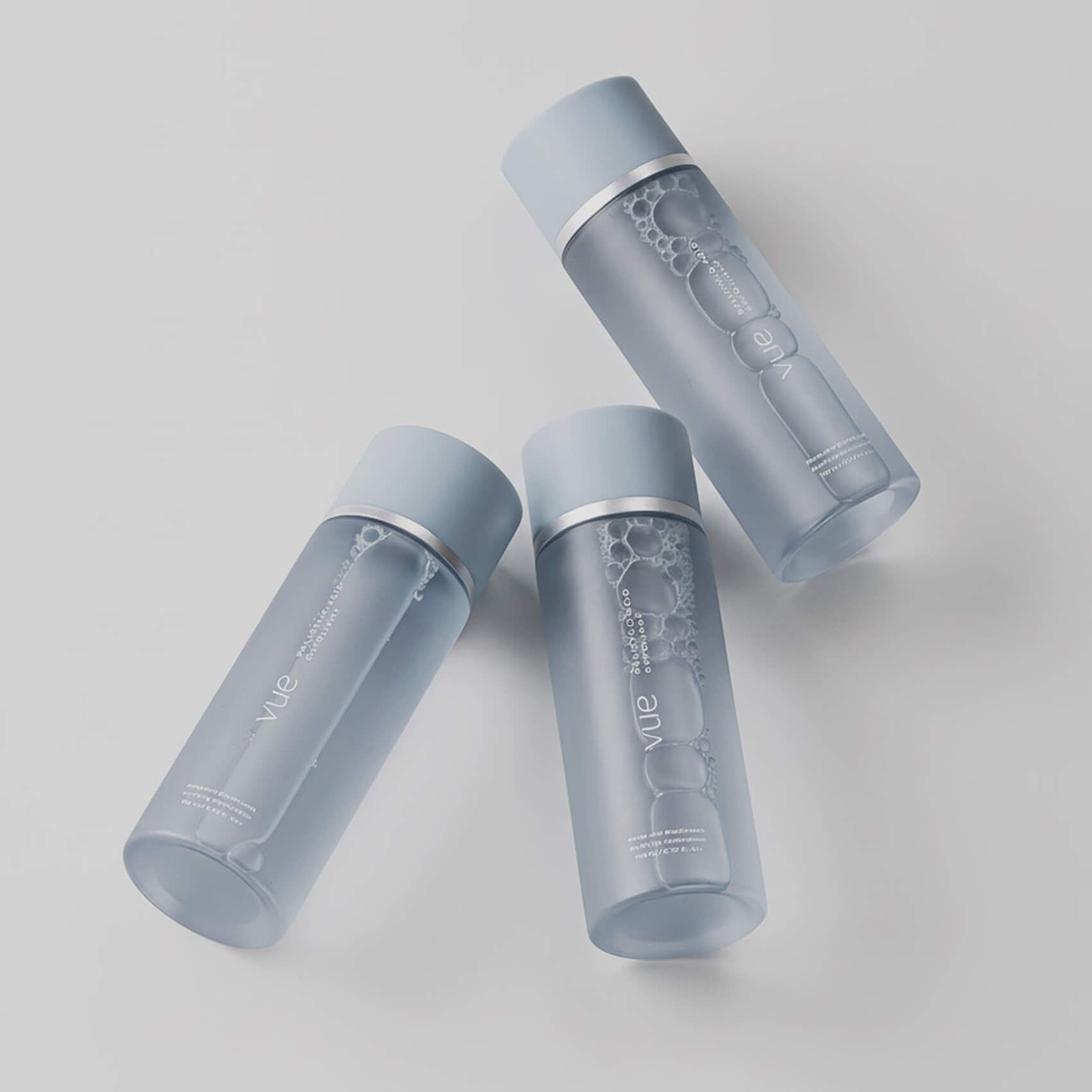Ever stared at your skin and wondered about those little, often dark dots? They might look like blackheads, but they're actually something totally different. Let's talk about sebaceous filaments.
What's the Deal with Sebaceous Filaments?
Sebaceous filaments are basically tiny tubes in your pores. Picture them as little pipelines that carry oil (called sebum) from your oil glands to the surface of your skin. This oil helps keep your skin soft and hydrated. But when these little pipelines become more visible, it can be frustrating.

Sebaceous Filaments vs. Blackheads: What's the Difference?
A lot of people mix up sebaceous filaments and blackheads. They can look similar, but they're actually not the same thing.
Blackheads:
These are clogged pores filled with gunk like oil and dead skin. They often appear as small bumps on the skin's surface and they look dark because of oxidation.

Sebaceous filaments:
These are just the tubes that carry oil. They can look dark sometimes because of the oil inside. They tend to be smaller, flatter, and lighter in color than blackheads, often appearing as tiny dots.

While blackheads are clogged pores, sebaceous filaments are a normal part of your skin. If you're unsure about what you're seeing on your skin, it's always a good idea to consult a dermatologist for a proper diagnosis.
Why Are They So Noticeable?
Everyone has sebaceous filaments, but they can be more obvious sometimes:
- Big pores: When your pores are larger, the filaments are easier to see.
- Oily skin: If your skin produces a lot of oil, the filaments can be more noticeable.
- Aging skin: As your skin gets older, it can sag a bit, making pores look bigger.

Can You Get Rid of Them?
Short answer: nope. They're a normal part of your skin. But you can make them less noticeable:
- Cleanse regularly: Gently wash your face twice a day with a mild cleanser to remove dirt, oil, and makeup without over-drying your skin.
- Exfoliate wisely: Exfoliating can help remove dead skin cells, but don't overdo it. Over-exfoliation can irritate your skin. Opt for gentle chemical exfoliants like salicylic acid or glycolic acid over physical scrubs.
- Prioritize hydration: Keeping your skin hydrated can help to minimize the appearance of pores. Use a lightweight, oil-free moisturizer suitable for your skin type.
- Consider oil-free skincare: Look for products labeled "non-comedogenic" to avoid clogging your pores and potentially worsening the appearance of sebaceous filaments.
- Hydrocolloid patches: These patches can reduce the appearance of pores by drawing out impurities. By minimizing pore size, they can help keep sebaceous filaments under control. Look for gentle and effective solutions such as Vue Swiss nose patches.

Sebaceous Filaments: Not So Bad After All
Even though they can be annoying, sebaceous filaments actually do a pretty important job:
- Keep your skin hydrated
- Protect your skin from stuff in the environment
- Help fight off bacteria
So, while it might be tempting to squeeze or pick at them, don't do it! You could end up with red, irritated skin or even scars.

Myths About Sebaceous Filaments
Let's clear up some common misconceptions:
Myth #1: You can squeeze out sebaceous filaments.
Fact: Sebaceous filaments are a natural part of your skin's structure. Attempting to squeeze them out can cause irritation, inflammation, and potentially lead to scarring. Your skin is delicate, and squeezing can disrupt its natural balance.
Myth #2: Pore strips remove sebaceous filaments.
Fact: Traditional pore strips are primarily designed to extract blackheads and they aren’t effective at targeting sebaceous filaments, which are a normal part of your skin's structure.
However, specific hydrocolloid patches, like Vue Swiss nose patches, can help unclog pores and improve the appearance of sebaceous filaments by creating a cleaner environment for your skin.

Myth #3: Sebaceous filaments cause acne.
Fact: Sebaceous filaments themselves don't cause acne. Acne is a result of clogged pores caused by excess oil, dead skin cells, and bacteria. While increased oil production can contribute to acne, the sebaceous filaments themselves are simply part of your skin's natural oil production process.

Takeaway
Remember, everyone's skin is unique, so what works wonders for one person might not be ideal for you. While consistent skincare can help minimize the appearance of sebaceous filaments, it's essential to listen to your skin's needs. If you're struggling with persistent skin concerns or notice any significant changes, don't hesitate to consult a dermatologist for personalized advice and treatment options.
Ready for a skincare refresh? Explore Vue’s full range of products to enhance your routine and enjoy glowing, healthy skin.
















